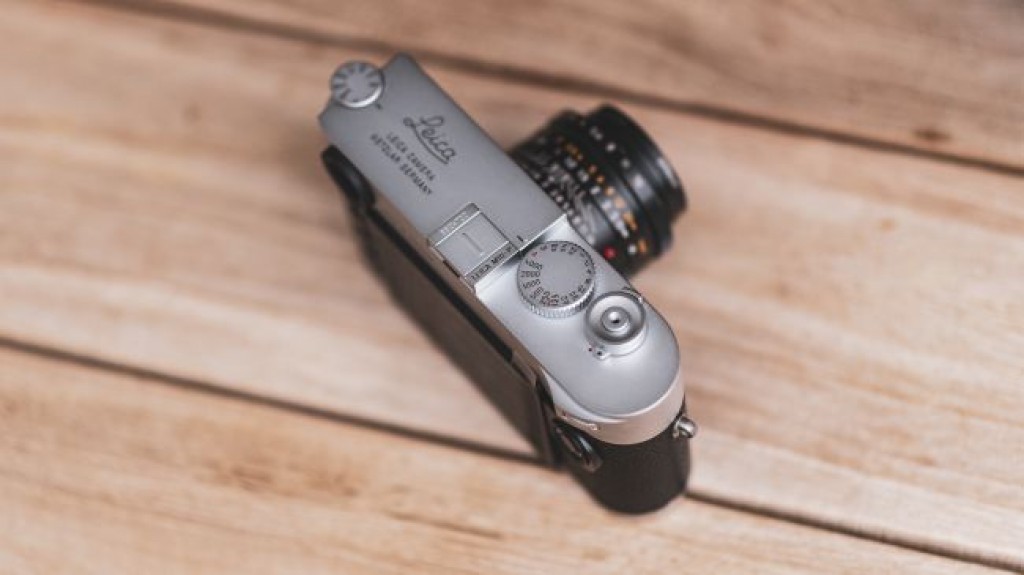
OUR EARLY VERDICT
As a variant of the M10, the M10-P isn’t dramatically different, save for the quieter shutter, touchscreen control, and cosmetic differences. However, the premium you pay over the M10 is quite substantial, and it’s a luxury not everyone will be able to justify.
FOR
- Ultra-quiet shutter
- Beautiful build quality
- Excellent raw image quality
AGAINST
- Rangefinder focusing not for everyone
- No IS for still images
Leica’s M-series cameras have rightly earned their place in photographic folklore, and have been used by some of the world’s greatest photographers.
The standard M10 that Leica launched last year was without question the best digital interpretation of the series we’ve seen, especially as it lost some weight compared to its digital predecessors, and was a svelte as its legendary film siblings.
There’s no question that thanks to its (very) premium price tag, the M10 has a niche (but very loyal) audience, and the M10-P is aimed at a more discerning audience again, designed to appeal to those who find even the standard M10 a bit too ‘in your face’.
Features
- Full-frame 24MP sensor
- ISO100-50,000
- Touchscreen control
The M10-P borrows many of the core features of the M10 that it’s based around. This includes the full-frame 24MP sensor that’s matched up with Leica’s Maestro II image processor. This combination delivers a sensitivity range of ISO100-50,000, and while it’s not designed for rapid-fire shooting, the camera is capable of a decent continuous shooting speed of 5fps.
There’s no low-pass filter over the sensor, so that’s good news for fine detail rendition. The M10-P also foregoes any image stabilization, either in the camera or on Leica M lenses (which might sound like sacrilege for Leica aficionados), so you better have your technique nailed down.
Leica would no doubt argue that the compact size of the M10-P (it has the exact same dimensions as the film version and is just 33.7mm thick), partnered with Leica’s luxurious fast prime lenses, means an anti-shake system isn’t required.
As the M10-P is a rangefinder camera, it sports an optical viewfinder. Or to be more precise, a ‘Messsucher’ (what Leica calls its combined rangefinder/viewfinder), with the M of Messsucher responsible for giving the M system its name.
If you like the idea of the M10-P but aren’t sold on the rangefinder format, an optional clip-on Visoflex electronic viewfinder (EVF), with a decent 2,400k-dot resolution, is available.
The 3.0-inch display at the rear of the camera remains, but the M10-P gets touch control over the standard M10, while there’s also Wi-Fi connectivity. If you’re a iOS user you can use the Leica-M app for iPhone and iPad for wireless image transfer and remote camera control.

Build and handling
- No Leica red-dot logo
- Discreet Leica lettering on top plate
- Metal hotshoe cover
The Leica M10-P uses the same slimmed-down body as the M10, and as you’d expect for a premium product the finish is sumptuous. The M10-P is based around a magnesium chassis, while the top and bottom plates are milled from solid brass blocks, leaving you in no doubt that while the technology inside might not be that relevant in 10 or 20 years time, the camera will still feel special.
The M10-P is all about understatement, and to that end the camera has no Leica red dot logo on the front on the camera, and features only discreet Leica lettering on its top plate. There’s also a metal hotshoe cover designed to seamlessly integrate it into the top plate of the M10-P.
The M10-P also inherits the large viewfinder from the M10, with the same manual rangefinder focusing method. If this is something you’re new to it will take a little practice as you attempt to get the two images to become one single sharp image in the viewfinder, but you’ll be surprised by how quickly you get the hang of it.
The control layout for the M10-P is incredibly streamlined. On the top plate is the shutter button, which also acts as the on/off switch, along with a large shutter speed dial and a smaller ISO dial on the edge of the camera. To prevent you knocking the ISO out of its desired setting the dial is locked in place, and needs to be lifted out of position to be adjusted. To be honest, this is a little bit too much of a rigmarole if you chop and change your ISO settings regularly – it’s not something that can really be done with the camera raised to your eye.
At the back of the M10-P, while some cameras are littered with various controls, the cut-back three button control layout keeps things nice and simple. The limited exterior controls don’t really hinder the shooting experience, while the M10-P benefits from touchscreen control; this is designed to primarily to aid focus checking when in Live View, enabling you to pinch to zoom in on the display, while you can also swipe through images in Review mode.
Performance
- Shutter is incredibly quiet
- Excellent image quality
- Useful DNG raw format
One of the key things that separates the M10-P from the standard M10 is the new shutter. Leica claims the M10-P features the quietest shutter release of all M-cameras, and it’s hard to dispute that. Press the shutter button and the sound is pretty much inaudible – perfect for street photographers. That said, if quietness is your top priority then you might want to think about a mirrorless camera that offers a silent electronic shutter.
Image quality from the 24MP looked very impressive in our brief hands-on time with the camera, with raw files at ISO3200 and 6400 standing up really well, with excellent detail considering the sensitivity.
The M10-P also captures raw files as DNGs (Adobe’s digital Negative raw file format), making it possible to open the camera’s raw files in multiple versions of Adobe Camera Raw and Lightroom.

Early verdict
A Leica M-series camera is either something that you’ll dismiss outright, pointing out all the advantages a DSLR or mirrorless camera offers at half the price (or even a quarter), or something you’ll hanker after for your entire photographic life.
If it’s the latter in your case, then you’ll love the prospect of the M10-P. As a variant of the M10 the M10-P isn’t dramatically different, save for the quieter shutter, touchscreen control, and cosmetic differences. However, the premium you pay over the M10 is quite substantial, so you’ll have to decide if this is a luxury you can justify.
Source: techradar.com









































